SLC S23 Week1 || Computer Repair - Power Supply
Assalam-o-Alaikum!
| ✅1. Examine the power supply unit of your computer or any other device and determine its type. Then, refer to the label on the unit to identify and note its input and output voltage specifications. |
|---|
Determination of the Type of Power Supply
Features
- SFX stands for Small Form Factor, which means that these power supplies have been designed for a particular fit physical state for small case computers like Optiplex 5000 that I am currently using to work on.
- This power supply has dimensions of 62mm x 82mm x 185mm.
- It has 80 PLUS Bronze, which means 82% efficiency at 20% load, 85% efficiency at 50% load, 82% efficiency at 100% load.
- Comparison with ATX Power Supply
- There is a significant difference between SFX and ATX. SFX are more compact than ATX Power Supplies (Power Supply).
- They have small quiet fan.
- They have smaller caples. (Probably limiting extra connections in Computer Device) but have footprints in them.
- They are specially designed for small case computers or devices but give the same power and efficiency as Powerful ATX Supplies give.
- SFX PSU is more expensive than ATX PSU. (In the market of my city)
- Input Specifications
- Explanations
- Wide Ranging Potential Difference 100-240V
- Wide Ranging Elecrtical Frequency 50-60Hz
- This device can work on both 50 & 60 Hertz of an electrical vibration. Moving away from the depth of the frequencies model, most of the European countries electrical supply companies provide electricity of 60Hz frequency whereas, in Asia, electrical companies provide 50 Hz electrical frequency (i.e., Pakistan). This device can work well on both frequencies.
- Maximum Current Flow 4.2 Amp.
- This indicates that it can allow the flow of current from its circuits of 4.2 Amp., which is a good amount of current,t without damaging its circuits.
- Output Specifications as Max. Output
- Rails are the pathways that deliver power to different components of a device. They help to distribute the power to the components according to their need and requirements. A rail of +12V is important to provide power to the high functioning components like CPU or GPU. The above table indicates the function of +12VA1 & 12VA rails to turn on the functions of a CPU & GPU. The rail 12VB indicates the function of the motherboard and drivers (covering all smaller components).
- These rails have the advantage of preventing overloading,g and they enhance the safety measures in a power supply unit. However, the power supply may be a multi-rail power supply unit or a single-rail power supply unit. Both have their pros and cons. A single rail has no power distribution limitation. But, any short circuit may damage the whole system. Where multi-rails PSUs are safer, but if the required component like GPU needs 30A, the limited rail will hardly run that component.
- Output Specifications as Standby Output
- Insufficient Power provided by the PSU is not enough for the system.
- Components or the PSU itself is overheating due to high load or due to failure of thermal protection system failure.
- Instability in the voltages provided by the PSU to the motherboard.
- It also indicates electrical issues like sudden drops in the voltages from external electrical sources (like as main power switch) leading to sudden shutting down of the PSU.
- Diagnosis
- Check External Power Sources
- Bypass PS-ON & GND
- Check Motherboard power connections
- Reasons
- Diagnosis
- Inspection through Windows
- Inspection through BIOS
- BIOS we all know Basic Input/Output System. It is used to start the computer after powering on until it meets Windows. In a DELL system press the F2 key to get the BIOS page and then navigate to Hardware monitoring or PC Health check. When press, note the following readings:
+12V Rail: Acceptable range is 11.4V to 12.6V.
+5V Rail: Acceptable range is 4.75V to 5.25V.
+3.3V Rail: Acceptable range is 3.14V to 3.46V.
If the voltage range falls outside this, then there is a PSU failure. (These readings are specific only for Optiplex 5000)
Source
Overheating or Burning of Components
- Overheating is common but burning is most crucial because timely actions can destroy the whole computer setup.
- Reasons
- The major reasons include a heavy load on the computer PSU more than its capacity, a fault in the cooling system, and short circuits in the computer. Sometimes, many GPUs and CPUs require power more than the power supply provides. If the PSU does not meet the power requirement, then overloading on the PSU happens. In such cases, if the high safety measures are present in the system, then it shuts down but if it is not, then the overheating and the burning of components occurs. Failure of the cooling system, especially failure of the cooling fan causes the components to overheat and burn. Similarly, short circuits also lead to the same problem.
- Diagnosis
- Using HWMONITORING Software
- The first diagnosis is to check the temperature through the HWMONITORING software. I installed it multiple times to check my PSU condition. The suggestions given by the software are here:
CPU: Idle (30-50°C), Load (60-85°C), Critical (>90°C).
GPU: Idle (30-50°C), Load (60-85°C), Critical (>90°C).
- Check Cooling System
- A cooling system includes a fan and thermal paste in a common computer but high-end computers have a water or crystal cooling system which is more effective. Relying on the general cooling system, inspect the fan working and thermal-paste or heat sink cages. If there is any heating issue with them then immediately remove them and recover them.
Representational Graph Generated and Edited on Canva
Un-usual noises in the Computer System
- As it has been explained the PSU is responsible for providing power to all components of a computer. It is responsible for all underlying components working. But if it starts to give unusual sounds of clicking, buzzing, or in rare cases sparking, then there could be several problems with underlying components leading to the failure of the system.
- Diagnosis through noise
- Trough Scraping Noise
- Trough Click-Sound
- Trough Buzzing
- Protection from Electrical Shock
First of all, it saves the mechanic from an electrical shock. Usually, a powerful power supply has potential up to 300V. This high potential difference is enough to allow high amperes of current to flow from it. If the connection is not cut, then it can cause serious hazards for the observer, clean,r, or mechanic. Therefore, Powering off the PSU not only prevents the electrical shock but also provides a free environment for a mechanic to touch it fearlessly. - Prevents Short Circuits
There is a large number of such cases in the world when people face an electrical shock due to short circuits of electronic devices. In particular, mechanics are mostly affected by it. The science behind this fact is; that they use metallic equipment to touch and open these devices and due to some wrong touch, the device faces short circuits. Therefore, powering off also helps as a safety measure. - Prevention of Fire Hazard
If I exaggerate this matter, powering off may also prevent fire hazards. Especially when the PSU is out of order and is judged for the recovery. Overheating PSU diagnosis requires high stress for Powering off the PSU before inspecting. Avoid Using Liquids
Liquids are mobile and the presence of ions enhances their character to carry the electrical current as explained in chemistry books. Therefore, they must be avoided use not only for PSU but also for any other sensitive electronic components.Use Soft Brushes for Cleaning
PSU and other computer components are very sensitive to break. Therefore, they need smooth and careful cleaning. For this purpose, to clean dust from fans a soft and smooth brush must be used.Use Air to clean Dust
Using air to clear dust is beneficiary to keep the components safe from circuit breakage and gives a smoother cleaning to the components. Therefore, vacuumed air should be used to clean the components from dust.Form Strong Connections
Loose connections may cause power cut-offs and short circuits. Therefore, for best maintenance, strong bonding of connection is a major step.Examin Cooling System of PSU (Fan or Heatsink)
Good maintenance requires regular inspection of the fan and in high-end power supplies the heatsink cases additionally. The fan is a major cooling system, therefore its cleaning and dusting should be done regularly using a brush or vacuum pump.Monitor Temperature
Temperature monitoring inspection means the inspection of the cooling system. But, some drives like HDD or SSD do ave not have a separate cooling system, and therefore, their temperature must be inspected using software like HWMONITIORING, etc.Control Humidity
I have faced this issue a lot of times whenever I was a user of i3. But, still, when the computer is placed in a humid place, it catches it and starts restarting various components one after one. Therefore, a balanced environment is necessary to prevent humidity from the PSU.Replacing of Old Problematic Power Supply Unit
If PSU is five or six years old and causes any problem randomly, it must be replaced to maintain the life of the whole computer system. In my point of view, we should keep on changing our components, especially PSU after a certain long period of use even if they are not giving any obvious problems. This is an effective step for the extension of the life of all components.
Input & Output Voltage Specifications
| Specifications | Values | Units |
|---|---|---|
| Input Voltage | 100-240 | Volts |
| Input Frequency | 50-60 | Hertz |
| Input Current | 4.2 | Amp. |
During my study of the Power Supply, multiple questions about its range and limitations came to mind. For example, why is the potential difference so wide, ranging from 100 to 240 Volts? The answer is given in the description below.
- The Potential Difference of this Power Supply is ranging from 100-240V. This indicates the universality of this power supply that can work at various geographical locations where different values of Potential Differece are provided. Like USA provides the Potential Difference of probably 110 Volts. Similarly, in Pakistan, the 220-240 Volts Potential Difference provided; this device can work well at multiple locations.
| Voltages through Rails | Current Distribution |
|---|---|
| +12VA1 | 18.0 A |
| +12VA2 | 18.0A |
| +12VB | 16.0A |
| Total Output Power | 260 Watts. |
Concept of Rails
| Voltages through Rails | Current Distribution |
|---|---|
| +12VA1 | 1.5 A |
| +12VA2 | 1.5A |
| +12VB | 3.3A |
| ✅2.ATX power supplies supply power to ATX cards through a 24-pin connector. List the wire colors used for each number in the following table. |
|---|
| Sr.# | Potential | Color | Emoji | Sr.# | Potential | Color | Emoji |
|---|---|---|---|---|---|---|---|
| 1. | +3.3V | Orange | 🟧 | 13. | +3.3V | Orange | 🟧 |
| 2. | +3.3V | Orange | 🟧 | 14. | -12V | Blue | 🟦 |
| 3. | GND | Black | ⬛ | 15. | GND | Black | ⬛ |
| 4. | +5V | Red | 🟥 | 16. | PS-ON | Green | 🟩 |
| 5. | GND | Black | ⬛ | 17. | GND | Black | ⬛ |
| 6. | +5V | Red | 🟥 | 18. | GND | Black | ⬛ |
| 7. | GND | Black | ⬛ | 19. | GND | Black | ⬛ |
| 8. | PW-OK | Gray | 🌚 | 20. | -5V | White | ⬜ |
| 9 | +5VSB | Purple | 🟪 | 21. | +5V | Red | 🟥 |
| 10. | +12V | Yellow | 🟨 | 22. | +5V | Red | 🟥 |
| 11. | +12V | Yellow | 🟨 | 23. | +5V | Red | 🟥 |
| 12. | +3.3V | Orange | 🟧 | 24. | GND | Black | ⬛ |
In the above table, I noticed the presence of +3.3V potential wire about four times. A question was raised in my mind that wasn't only one enough to fill the space for +3.3V potential work. Then I searched from different sources and collected some formal information and understanding, and I yielded from my search that multiple wires of +3.3V provide a smoother and easier way to flow the current from them.
| ✅3.Look at the image above showing different power connectors on a computer power supply. Match each numbered connector to its specific use based on the information provided. Then, explain the role of each type of connector in the operation of computer components. |
|---|
| Motherboard Connection Cables |
|---|
1. 4 or 8 Pin Motherboard Connector
2. 8-pin Motherboard Connector
This provides additional power to the CPU and is found in all the high-end computers that can overclock. This is also called EPS12V. It is used on gaming and workstation computers. It is also not available in my Optiplex 5000. This may provide up to 300W power to the computer, making it heavy-duty. It has four yellow and 4 ground (black) cables. Each yellow cable is +12V cable,e and combined, ed it makes a powerful connector to EPS12V. Each yellow wire can handle up to 8A current. Whereas four black cables means four return paths which lower impedance and let the run current smoothly.
3. 6-pin graphic card
Almost all computers that support GPUs have PCle (Peripheral Component Interconnect Express) slots, but sometimes, when a user uses any high-performance GPU, the power provided by the PCIe slot becomes insufficient, and therefore, there is always a need another power supply to that GPU and this deficiency is filled by installing an extra cable which is known and 6-pin GPU connector. A 6-pin connector can provide power up to 75W, and collectively, ly a GPU with slot and cable can gain power up to 150W. This 6-pin GPU connector is used in mid-end computers. It has the yellow each of +12V potential and three black (GND) cab,les which form a stable circuit flow in the whole loop.
4. 6 or 8-pin Graphic Card
This cable offers the flexibility of whether 8 or 6 slots could be used. It has the same functions as the previous one, but it provides higher power to the GPU. It provides 75W power when 6sixpins are used but provides 150W when all eight pins are connected. This is used in mid to high-end computers. In mid-end computers, six pins are used, and in high-end computers, all eight pins are used. Collectively in a high-end PC, it provides the power of up to 225W along with PCIe slot.
5. SATA (For modern HDDs, SSDs & Optical Disk Drive)
SATA cable is used to transfer power to HDDs, SDDc, and other components. It has 15 pins, and there is a significant sequence in them. SATA has three types of power,r, which are +3.3V, +5V, and +12V. Each of these power sources has three pins in parallel to reduce impedance, which provides a better ground for the system. There are three pins in the first sequence of 3.3V and then three grounds, then three pins of 5V and then three grounds, and again three grounds and three pins. I studied it from WIKIPEDIA, and therefore, a graph from Wikipedia source is here. We can ask that SATA power is a modern power form because it provides a better experience for the components and starts a stable connection in a computer system.
| Standard connector, Power Segment from Wikipedia | 15-Pin SATA Power |
|---|---|
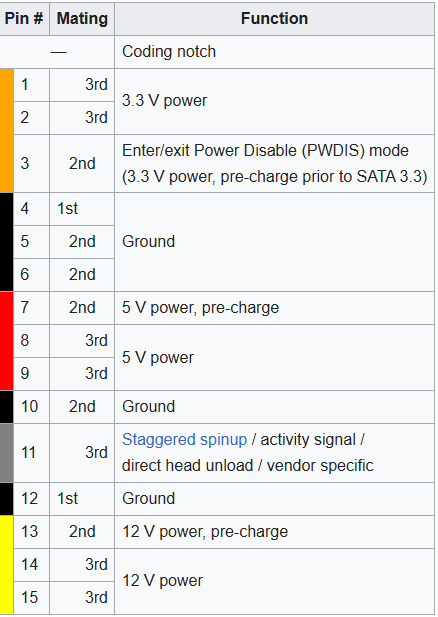 | 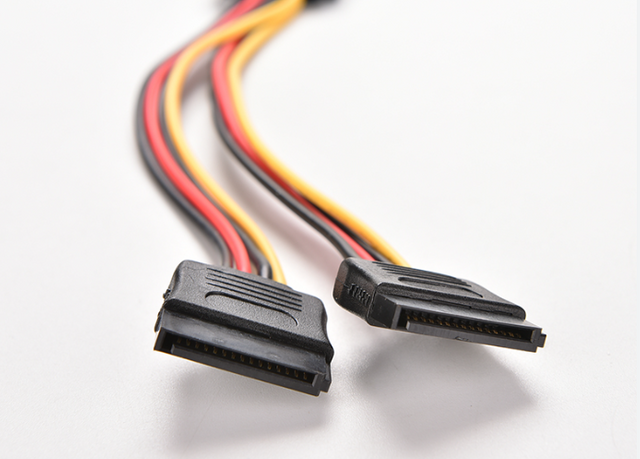 |
6. Molex
Molex is as used as SATA, but it has only four-pin connectors, limiting it to the +5V and +12V potentials. Yellow wire is 12V, while Red wire is 5V, and they are present at the sides. Inner black wires are ground wires that provide the complete loop to the current flow and reduce the risk of short circuits, providing stability to the system. It was widely used in computers up to 200,3, but the SATA c, le which is a modern form of this cle, is now a says is widely used.
7. Floppy Disc Driver Cable
This is known as floppy disc drive cable and this cable was very common in 1990-2000 AD. It is a four-pin connector having one Yellow, One Red and two black cables of +12V, +5V and GND respectively. An interesting thing about this cable is that, it is an old cable but considerably earlier cable to work on locking mechanicsm. According to my studies, the locking mechanism provides connection security and prevents accidental disconnection, loss of connection, and incomplete bonding with the component. Modern cables described earlier use a locking mechanism too but this is the earlier one in personal computers to use it. Nowadays, these cables have been outdated.
8. 24 or 20-pin ATX motherboard connector.
This is considered to be one of the most important components that supply power to the main motherboard to function primarily. It could be seen in any computer PSU but the computer I am using is void of this power cable. I am currently using Optiplex 5000 and it has SFX power supply unit and has been designed to Small Form Factor which means for a specific space as described in the answer to question 1. But, its functions are already described in detail in question number 2. Additionally, I can tell that it also ensures safe booting, provides power in standby mode, and ensures primary power to the motherboard, along with a secure connection it has a backup capability due to its 24, and 20-pins, older PCs can also use it.
| ✅4.What are the common signs that a computer power supply is failing, and what steps should you take to diagnose the problem before replacing the power supply? |
|---|
Occurance of Random Shutdown and restart of PSU
This is one of the most common signs of a failing PSU in computers it starts to turn off automatically and begins to start. This only happens when becomes very much to the whole system and instability of voltages occurs in computers. This leads to sudden loss of power for PSU and it turns off or restarts automatically.
This failure presents some following issues.
- First of all, check the external power connection wires like the AC connection to the power supply from the external input source like as main switch. If the main switch or the power cable is fully working or correctly connected then move to the next step. The problem is not at this step.
- This task requires a little experience but one can perform it at home with a conscious mind and safety precautions. Take a 24-pin motherboard connector about which a long topic has been explained. Now identify the PS-ON cable which has a green color and then the GND having a black color. A professional takes a paperclip to bypass both wires but in my area, electricians use tweezers 😊. Well if after the bypass, the fan turns on, and the PSU is working then it is a power issue. If it is not working properly then there are chances of the death of the PSU if the fan does not have any technical fault (the fan is not faulty itself).
- If the fan works properly indicating that the PSU is not dead, then move to the next step which is checking the power connections like 24-pin ATX or 8-pin power connector. Inspection properly may give positive results.
BSOD (Blue Screen of Death)
- This is a common error and in my opinion, all the users using Windows 10 or 11 must face it once in experience. This may related to both software and hardware issues. Issues related to PSUs may also cause the appearance of PSUs to cause complications in computer systems. I have faced some such errors like (0x00000124) which is related to hardware especially related to PSU.
- There could be multiple reasons for BSOD errors like voltage fluctuation, insufficient power delivery to the components, and overheating of the PSU. In the voltage fluctuation factor, the +3.3V, +5V, and +12V rails get unstable voltages leading to the system crash. Sometimes, in high-gaming computers, the load overloads the PSU and this error occurs. Sometimes, due to another hard failure like as the failing of fans causes overheating of the components leading to the system crashes causes this error.
- Whenever such an error occurs in my system, I use a simple and common technique to identify this error. The instructions are here: (Press Win + X → Event Viewer → Windows Logs → System) Finding the Kernel-Power (Event ID 41), which shows the caution or alert for an unexpected error.
There are commonly three types of noises that can be heard from computer PSUs.
- If the PSU gives scraping or the sound of any breaking, then it directly causes a problem with the fan of the power supply unit leading to the failure of the cooling systems and then to the previously described complications. This sound also indicates the buildup of dust on the fan causing difficulty in rotation.
- If there is a sound of clicking (as heard on click, it signs the fluctuation in the frequency of the electric current. The decrease in frequency leads to an unstable power supply to the system and leads to several complexities including the malfunction of various small components like USB slots and big ones like fans.
- Now, if there is a buzzing sound, it indicates the failure capacitor and other internal components of the PSU.
| ✅5.What precautions and best practices should be applied when maintaining and cleaning a power supply to ensure its proper functioning and extend its life? |
|---|
Precautions
i) Power off & Unplug the connection
This is an obvious step to take before touching and cleaning any electronic equipment, not only the power supplies. This is done to further the multiple precautions that this action provides.
ii) Let the Capacitor Discharge
In the previous precaution, I did not discuss Unplugging importance anywhere. It has all to do in this section. Many power supplies can store some amount of charge in them as a residual charge. Many electronic devices like computers and TVs still power when they are turned off from the remote. Here, the capacitor plays an important role. But, when the PSU has been discharged, it must have nothing to do with the power connection, and literally, the capacitor will release its all charge making the PSU neutral.
iii) Work in Anti-Static Environment
This is a small step but sometimes proves crucial while inspecting the electronic devices. Let's understand it with an example. Nowadays, it is winter, and many of us have experienced an electrical shock just touching any metallic pot or even touching any other human. This happens only when a person stores an electrostatic charge in his body When he touches metals especially, he feels a strong jerk coming from electrical shock. This is a shock due to electrostatic charge flow. I studied it in my college and this step must be taken before dealing with electronic components. Mechanics must rubber gloves or shoes to prevent it.

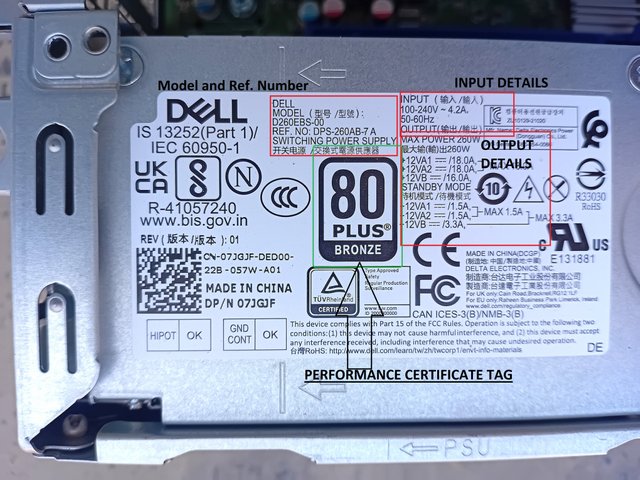
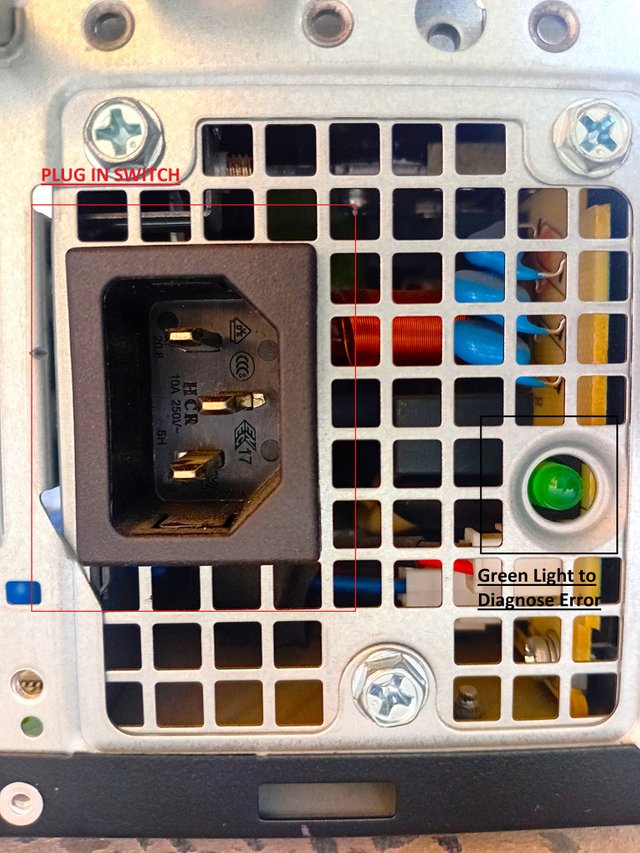
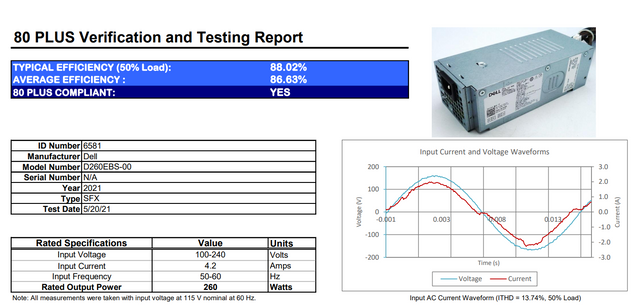









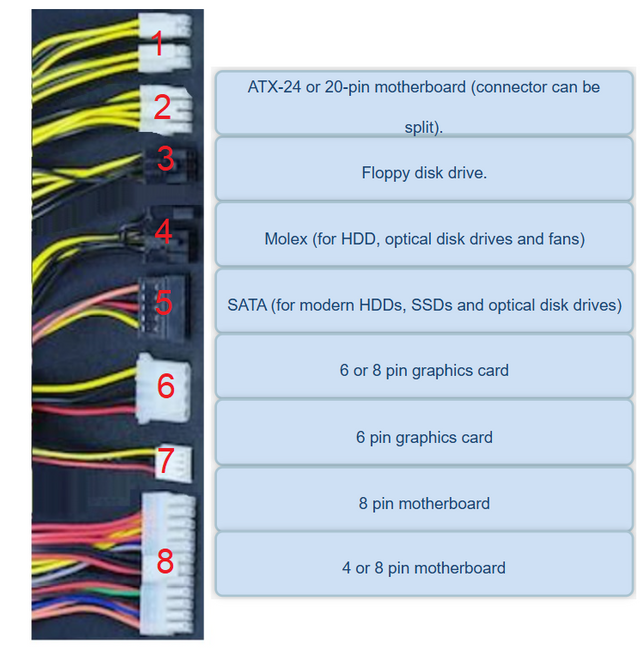
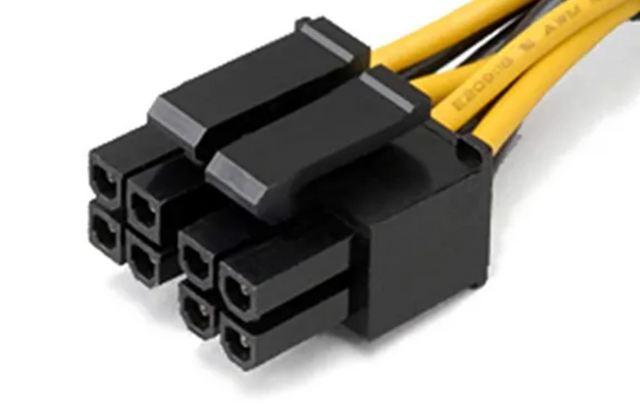
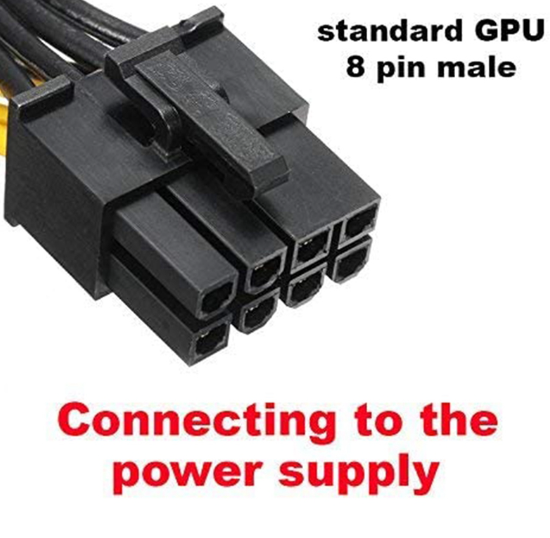
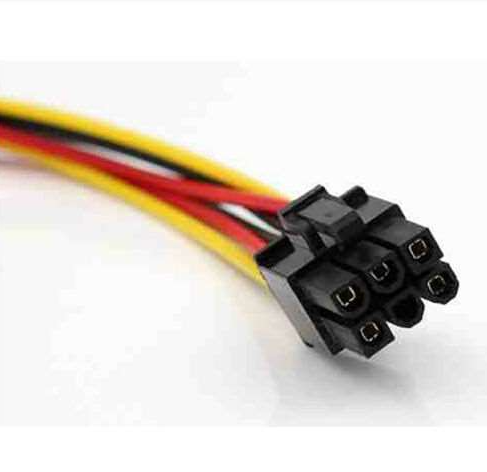
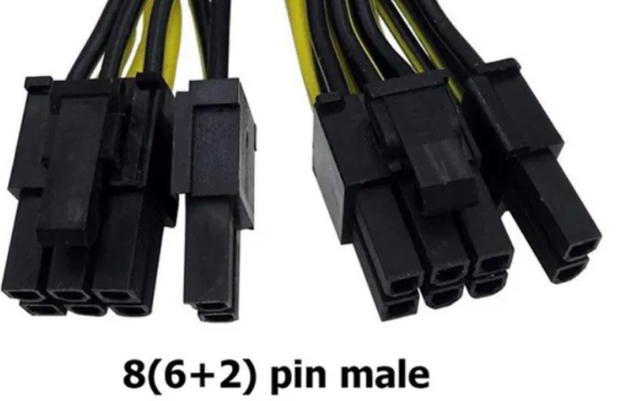
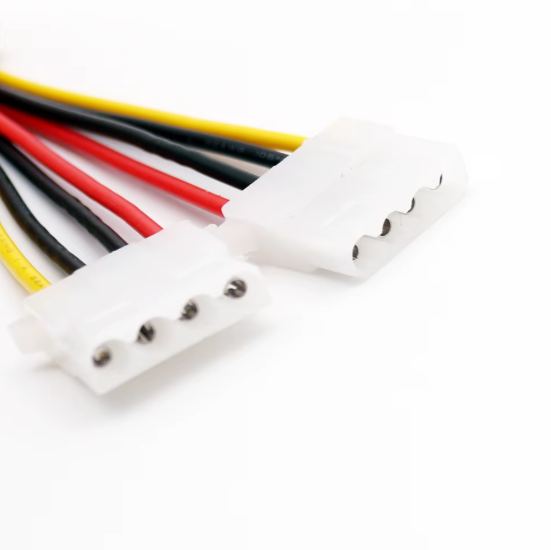
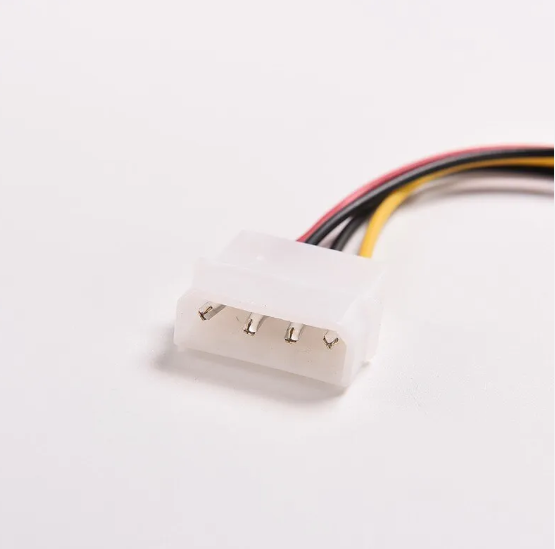
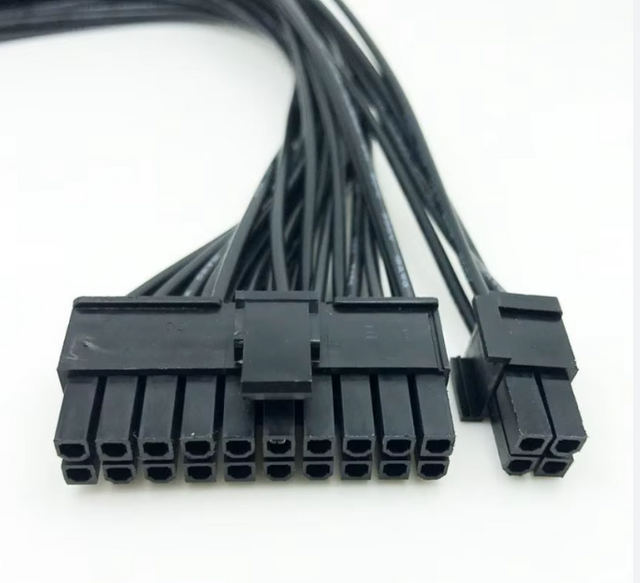


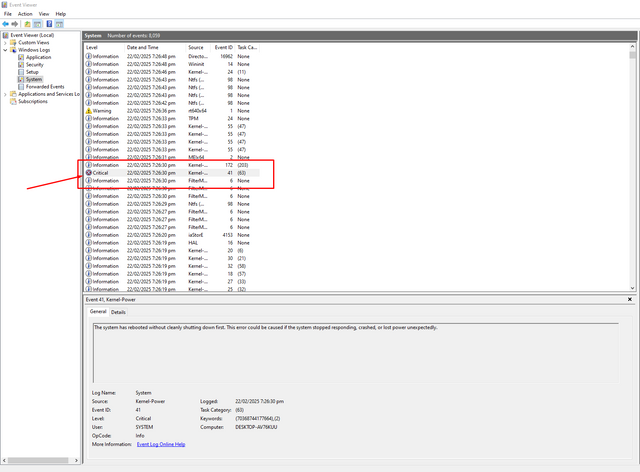
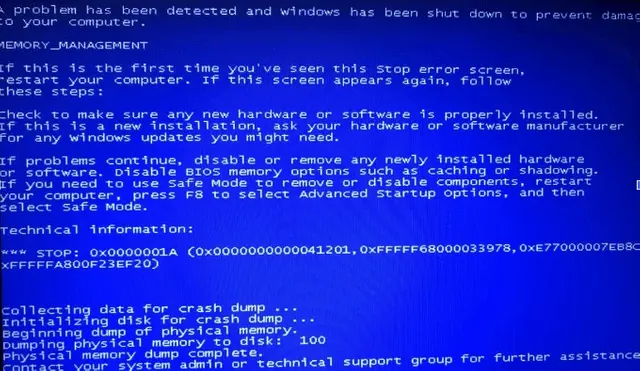
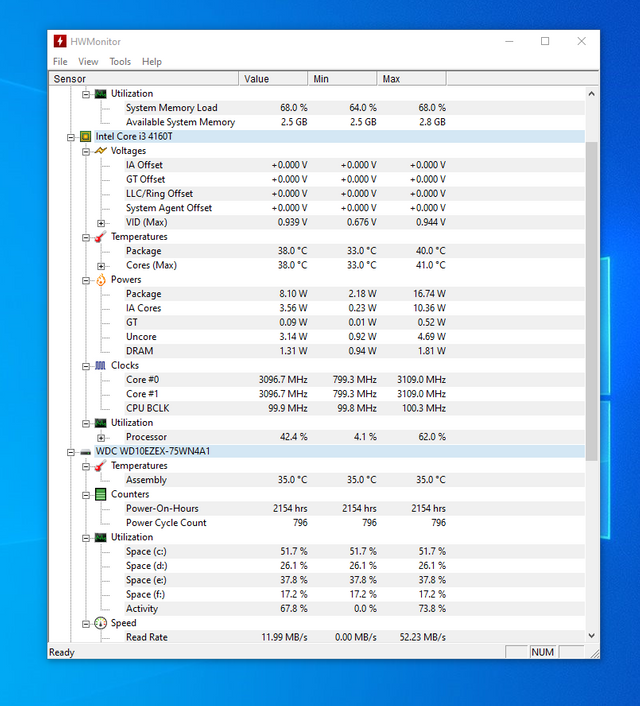
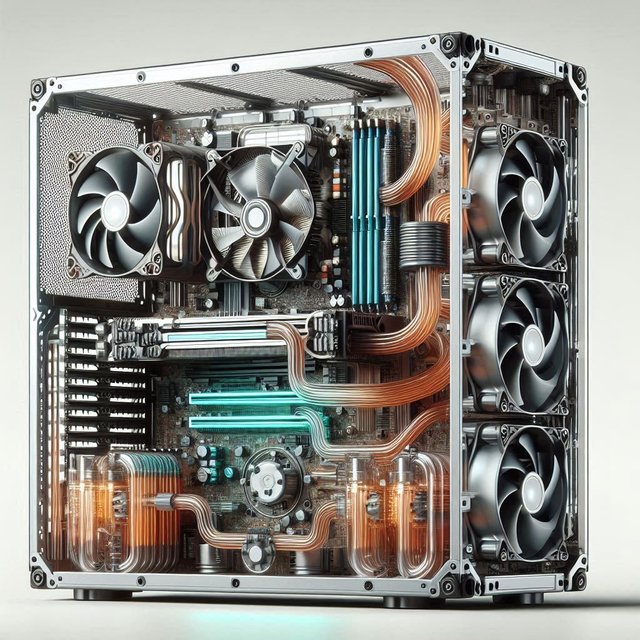
.png)
.png)
.png)